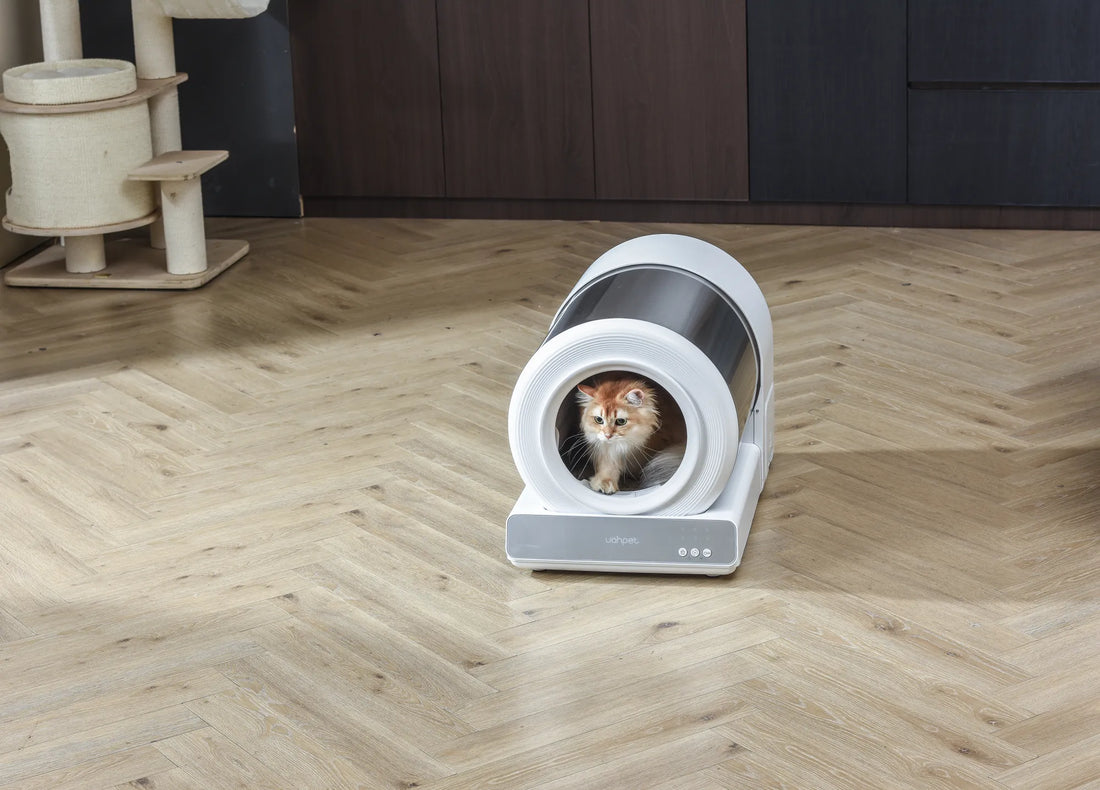Have you ever noticed your cat sitting next to the litter box and wondered what it means? This behavior can be puzzling for pet owners, but it often signals something important about your cat's health or emotional state. Understanding why your cat is sitting next to the litter box is the first step toward addressing the issue and ensuring your feline friend's well-being.
Common Reasons Why Cats Sit Next to the Litter Box
Cats are creatures of habit, and any change in their behavior can be a sign of an underlying issue. Here are some common reasons why your cat might be sitting next to the litter box:
1. Medical Issues
One of the most common reasons for this behavior is a medical problem. Cats may associate the litter box with discomfort if they are experiencing urinary tract infections, constipation, or other health issues. If your cat is sitting next to the litter box but not using it, it's essential to consult a veterinarian to rule out any medical conditions.
2. Stress or Anxiety
Cats are sensitive animals, and changes in their environment can cause stress or anxiety. Moving to a new home, introducing a new pet, or even rearranging furniture can make your cat feel uneasy. Sitting next to the litter box may be your cat's way of seeking comfort or security.
3. Litter Box Preferences
Sometimes, the issue lies with the litter box itself. Cats can be picky about the type of litter, the size of the box, or its location. If your cat is sitting next to the litter box but not using it, consider whether the box meets your cat's preferences. Experimenting with different types of litter or moving the box to a quieter location may help.
4. Territorial Behavior
In multi-cat households, territorial disputes can lead to unusual behaviors. If one cat is guarding the litter box, another cat may sit nearby, waiting for an opportunity to use it. Ensuring that each cat has its own litter box can help reduce territorial issues.
How to Address the Behavior
Once you've identified the possible cause of your cat sitting next to the litter box, you can take steps to address the issue. Here are some practical tips:
1. Consult a Veterinarian
If you suspect a medical issue, the first step is to consult a veterinarian. A thorough examination can help identify any health problems and provide appropriate treatment. Early intervention is crucial to prevent more serious complications.
2. Create a Stress-Free Environment
Reducing stress and anxiety can help your cat feel more comfortable. Provide a quiet, safe space for your cat to retreat to, and try to minimize changes in their environment. Using calming products, such as pheromone diffusers, can also help alleviate anxiety.
3. Evaluate the Litter Box Setup
Ensure that the litter box meets your cat's needs. Choose a box that is the right size for your cat, and experiment with different types of litter. Place the box in a quiet, accessible location, and make sure it is cleaned regularly. If you have multiple cats, provide one litter box per cat, plus an extra one.
4. Monitor Interactions in Multi-Cat Households
If territorial behavior is the issue, monitor interactions between your cats and ensure that each cat has access to its own resources, including food, water, and litter boxes. Providing separate spaces for each cat can help reduce conflicts.
Preventing Future Issues
Preventing your cat from sitting next to the litter box involves addressing the underlying causes and creating a supportive environment. Here are some additional tips to keep in mind:
1. Regular Veterinary Checkups
Regular veterinary checkups can help detect and address health issues early. Keeping your cat's vaccinations and parasite control up to date is also essential for their overall well-being.
2. Maintain a Consistent Routine
Cats thrive on routine, so try to maintain a consistent schedule for feeding, playtime, and litter box cleaning. Predictability can help reduce stress and anxiety.
3. Provide Enrichment
Enriching your cat's environment with toys, scratching posts, and climbing structures can help keep them mentally and physically stimulated. A happy, engaged cat is less likely to exhibit unusual behaviors.
4. Observe Your Cat's Behavior
Pay attention to your cat's behavior and look for any changes that might indicate a problem. Early detection and intervention can prevent minor issues from becoming more serious.
Understanding why your cat is sitting next to the litter box is crucial for their health and happiness. By identifying the underlying cause and taking appropriate action, you can help your cat feel more comfortable and secure. Remember, your cat's behavior is a form of communication, and addressing their needs promptly can strengthen your bond and ensure their well-being.













